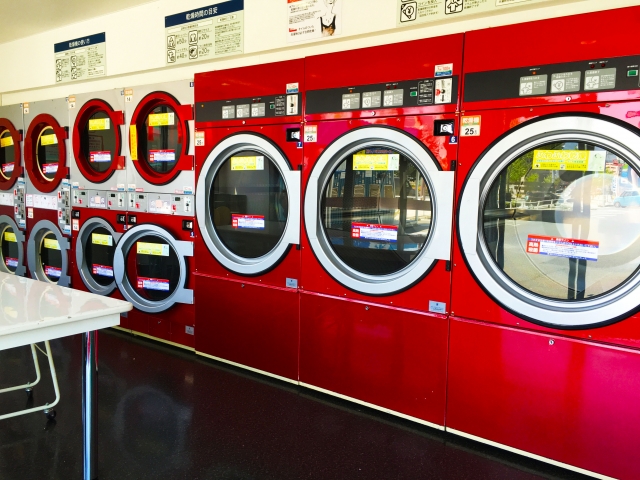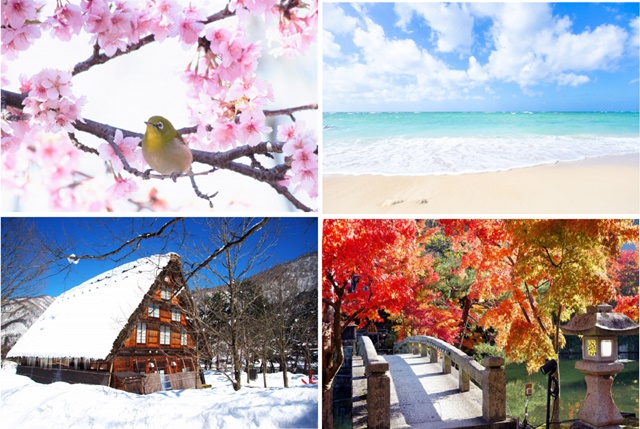Japan experiences four beautiful yet distinct seasons, and with each one comes a shift not only in temperature but also in lifestyle.
One of the most symbolic customs of this adaptation is Koromogae (衣替え) — the traditional practice of changing wardrobes to match the season. More than just cleaning out your closet, it reflects Japan’s deep respect for nature’s rhythm and social harmony.
🌸 What Is Koromogae?

Koromogae literally means “changing clothes.” It’s a long-standing Japanese custom where people put away clothes from the previous season and bring out those for the upcoming one.
Historically, even schools, offices, and public institutions change uniforms and dress codes according to this seasonal rhythm.
📅 When Does Japan Change Clothes?
Officially, the wardrobe change happens twice a year:
- June 1 — Switch to summer uniforms
- October 1 — Switch to winter uniforms
Although the weather doesn’t always match these exact dates, the symbolic switch remains deeply rooted. Around these times, you’ll notice students and workers suddenly appearing in different seasonal outfits — a small but visible reminder of Japan’s synchronized way of life.
🧺 How to Prepare for Koromogae

To prevent clothes from being damaged during storage, preparation is key.
Late spring (April–June) is the busiest season for laundry and dry cleaning — but thanks to home-use detergents for wool and cashmere, many people now do it themselves.
Here’s how Japanese people get ready for the switch:
🧼 Wash before storage:
Body oils attract moths. Clean thoroughly and dry completely.
🧳 Smart storage:
Use breathable garment bags or airtight boxes depending on fabric type.
🌿 Moth protection:
Modern repellents are odor-free, anti-mold, and come with color indicators that show when to replace them.
👕 Hang or fold carefully:
Avoid stacking heavy clothes on soft fabrics to prevent wrinkles.
💭 The Meaning Behind the Tradition
Koromogae is about more than just comfort. It represents mindfulness and renewal. Changing clothes with the season means embracing change and starting anew.
It also reflects a cultural preference for order — being in tune not only with nature but also with society, where everyone transitions together.
🌤 Modern Koromogae Today
In modern Japan, fewer people strictly follow the official dates. Many adjust their wardrobes gradually depending on the weather. Still, Koromogae remains part of the nation’s seasonal rhythm — a quiet ritual that brings satisfaction and clarity before each new season.
✅ Quick Checklist for Your Next Wardrobe Switch
- 🧹 Declutter old or unused items
- 🧺 Wash and dry before storage
- 👕 Pack in breathable or sealed containers
- 🌿 Add odor-free moth protection
- 🧥 Keep a few light layers handy for temperature swings
📚 Related Reading on YUNOMI
- Why Do Japanese People Take Off Their Shoes?
- Chopstick Etiquette: 13 Common Taboos Adults Should Avoid

